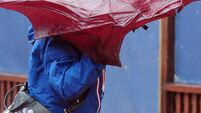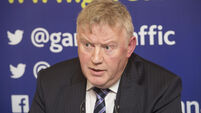5 times as many Travellers drop out of school
Furthermore, unemployment among Travellers is a constant 75%, according to a report from the Council of Europe.
It urges the Government to ensure Travellers are represented on the Constitutional Convention and to devise a strategy to deal with the reported “persistent discrimination” against them.













